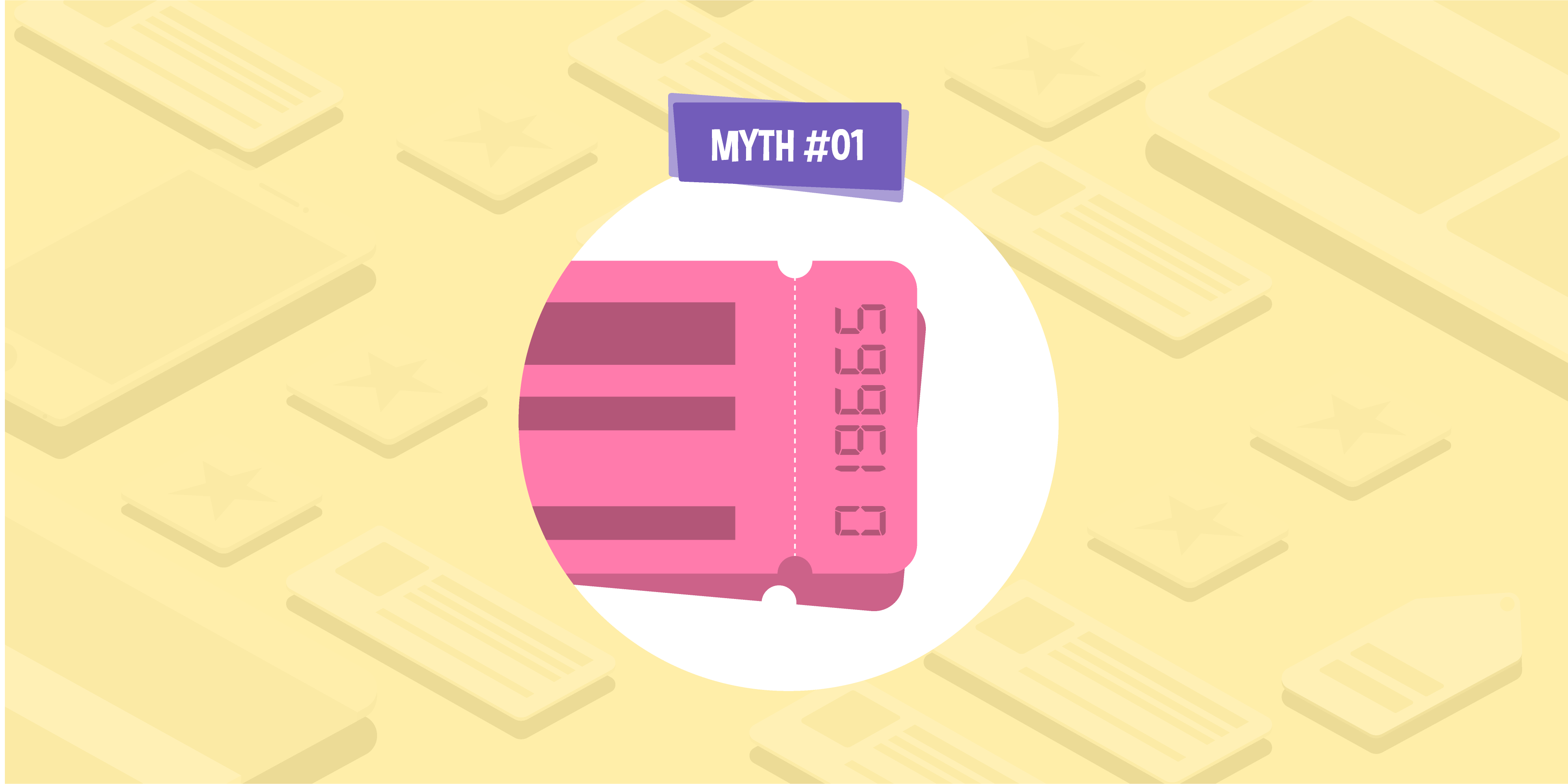
- 20 Oct 2022
- 4 Min read
11 of the Best Link-Building strategies to Grow Your SEO
A great way to begin your venture into link-building is to utilise your existing assets to build connections with other websites. In this guide, we’ll look at 11 of the most effective strategies that will build your backlink profile and boost your SEO.
Starting out on your link-building journey can seem daunting at first. In fact, over half (52%) of marketers say link-building is the trickiest SEO tactic, according to data from Ascend2. It’s also one of the most effective SEO strategies behind on-page content and keyword research.
You know your site needs links, but with the whole internet at your fingertips, how do you know where to start? Well, you might not realise it yet, but you may already have some resources ready to begin outreaching. Whatever it is that makes your business stand out — whether it’s your expertise and knowledge, your professional relationships, or your achievements — you can use this to your advantage when link-building.
Some of your existing assets may be obvious. Others, not so much. That’s where we come in. We’ve done all the hard work for you and created our ultimate asset checklist to help you establish your link-building strategy. Here, you’ll find a whole list of assets, where and when to use them, real-life examples, and our top tips for perfecting each one.
We use 11 different link-building techniques here at Glass Digital and we’re going to take you through each of them.
Newsjacking
- Reactive news opinion piece
- Additional information on trending topics
- New angle on the latest news
- Case study for topical trend
- Unique news features sharing client’s tips/expertise
The news can be a fantastic source of inspiration when it comes to outreach. Newsjacking allows brands to get involved in a newsworthy conversation, while offering advice on important issues, such as finance, sustainability, equality, etc.
Whatever the breaking news story is today, see how your expertise can fit into it. Can you offer expert commentary? Can you give people advice? Maybe you can even provide an entirely new angle. You may need to think outside the box a little and try out tangential content to share your knowledge. If you think your point is useful, then chances are journalists and editors will too.
This type of link-building is more efficient than other link-building techniques as it is less time-consuming than a hero campaign but can often achieve similar results.
Target publication examples
Industry publications and regional and national press websites are the best targets for this type of link-building technique. Often these releases work well on lifestyle publications or on websites relevant to the story, such as entertainment, fashion, or even construction publications.
Our top tips for newsjacking
- Always make sure your story is relevant to a trending topic so that you can get your client involved in a newsworthy conversation. Try to aim for a feature in a top-tier publication.
- ke sure the story is unique. Once you’ve spotted something in the news cycle that you or your client could get involved in, come up with a few ideas and search for each one to make sure the story hasn’t been covered before and it has a high search volume. A good tip for this is to use AnswerThePublic to see what people are searching for and use the Chrome plugin Keywords Everywhere to check which questions are the most popular.

- A great way to find and develop newsjacking features is to look at upcoming awareness days and piggyback onto popular events. For example, Shrove Tuesday, Organic September and National Baking Week can also be used to create a unique foodie story. Awareness Days is a useful site for finding an appropriate occasion.
- Awareness day stories can be recycled every year when the day comes back around – just make sure to update the feature and use a different angle.
- Always make sure that the awareness day you are writing about is for the correct country – some are UK or US only, others are international.
- Provide journalists with everything they need for newsjacking pieces so they can be published immediately.
- Be as reactive as possible. If something relevant to your client breaks in the news, get a story together the same day to send out. The news cycle moves fast, so you’ll need to take a speedy approach.
- Newsjacking stories are a brilliant way to use tangential content to jazz up a niche industry. For example, maybe you can use awareness days or holidays to reangle and share your brand’s expertise. This is something we’ve done with great success here at Glass Digital and you can read our example below.
- These types of campaigns can be created on an ad-hoc basis, which means if larger campaigns aren’t paying off, newsjacking features can be written quickly to achieve desired results.
- Most importantly, make sure the story relates to your expertise.
Our real-world examples
Newsjacking is one of our favourite link-building techniques here at Glass. We’re constantly keeping an eye on the latest breaking news and trends to see how our clients can add value. One of our favourite examples is a campaign we prepared for Pancake Day entitled ‘5 things to do with leftover pancake batter’ for a waste removal client. Our timely thinking landed us 39 links on sites like Metro (DA 93), Yahoo! News (DA 94), MSN (DA 95), and more. The campaign even appeared on the Google Trends daily report!

Interviews
- Alumni profiles
- Industry insights
- Business leader interviews
- Recorded webinar interview
- Niche and specialist industries
- Business owners
- Managers
Your knowledge and expertise are valuable assets when it comes to link building. Most journalists and editors will be looking for professionals to provide a specialist point of view that they can’t offer themselves. Not only will this offer a link opportunity, but it’s a great way to position yourself as an authoritative voice in your industry.
Target publication examples
Industry publications are perfect for this type of link opportunity as they are often on the lookout for experts to discuss trending topics within the sector. General business websites often have designated sections for interviews with industry experts to discuss topics that can affect all businesses — for example, insurance rates, working-from-home policies, the Spring Budget, and so on.
Our top tips for obtaining an interview link
- When securing interview opportunities, always make sure you pitch the most appropriate employee. CEOs, MDs, and Founders are often respected as knowledgeable experts within their field. However, if the interview is for a niche topic, make sure a relevant team member is attributed.
- Make sure whoever you are pitching for an interview is available to speak to the journalist/editor. Often written interviews can be done without any interaction between journalist and employee. However, sometimes certain points need to be clarified or the journalist will prefer to conduct a telephone interview and write the piece themselves, so it aligns with their editorial style.
- Coach your clients or co-workers on how to conduct an interview well. Often people are worried about saying something their competitors might pick up on and criticise or steal. This is generally not the case and the more open your spokesperson can be, the more engagement they will receive.
Our real-world example
Our clients are experts at what they do and we’re always looking for ways to utilise their knowledge — often in some creative ways. For example, we have many clients that aren’t just hard-working entrepreneurs but are parents too. So, we arranged an interview with Working Dads (DA 36), where one of our clients could share their tips on juggling their business with family life.
Product PR
- New product launches
- Product PR campaigns — creating product bundles for upcoming films or events e.g. pancake package for Pancake Day
- Case study product PR/Influencer PR
- Brands that have a physical product offering
Just like with reviews, you can utilise your product offering to get links back to your site. Any new or unique products can be used for product PR. In fact, journalists are actively looking for press releases relating to brands.
![44% of journalists trust press releases the most [Cison] - Glass Digital](https://b2257770.smushcdn.com/2257770/wp-content/uploads/outreach-tactics/44%25%20of%20journalists%20trust%20press%20releases%20the%20most%20%5BCison%5D%20-%20Glass%20Digital.png?lossy=1&strip=1&webp=1)
That’s compared to 30% who trust a company spokesperson the most, and just 20% who trust the brand’s website.
Products that relate to pop culture are generally highly shareable, so usually work very well for this particular link-building strategy, but new products can also be big news for the right sites.
Target publication examples:
Anyone who would be interested in your product offering would be the best target audience for product PR. This will most likely be an industry-specific publication. If it is a campaign story which appeals to a mass audience then lifestyle, entertainment, or websites that host competitions would work well. Age-specific sites — student publications like UNILAD for example — often have areas on their website for product suggestions too.
Our top tips for the perfect product PR
- Create product PR with your audience in mind — what would they want to see or have available to them?
- If you are launching a new product, make sure you share information as to why it is unique/needed in the market — what makes it stand out from similar products?
- If you’re an agency, make sure you ask clients for exclusive products and bestsellers while onboarding so you can focus on these during your PR efforts.
- Look at upcoming events to put product packages together. For example, when a popular film or series is being released, look at putting together a bundle ahead of the release date.
- Before starting product PR, make sure your site and your target site aren’t signed up to Skimlinks. This will avoid an affiliate link being included in the website feature as opposed to a direct deep link to your product. You can check if a site is signed up to Skimlinks by using a plugin called Redirect Path or by hovering over a URL on the target’s site. If it begins with ‘www.go.skimresources.com/’ it’s an affiliate link.
- Find micro-influencers who have used or mentioned your client’s products and ask if they’d be open to being included in a case study story. This not only promotes a particular product but allows for an honest review and opens your clients’ products up to the influencer’s audience.
- Always add the exact product link in your email pitch so that the journalist knows where to link to.
- Provide all the product information within your pitch email, including high-res imagery in a Dropbox folder.
Our real-world examples
We’re always looking for creative ways to get our clients noticed. So, ahead of the release of the latest James Bond film, we worked with a client who sells high-quality spirits to put together a secret agent drinks bundle, featuring Bond’s favourite drinks. The bundle was featured on a number of high DA sites including Yahoo! News (DA 94), ShortList (DA 80), and Wales Online (DA 89).

Hero campaigns
- Data-led campaigns
- Product-led campaigns
- Trend reports
- Visual asset campaigns
- Interactive campaigns
- Influencer marketing & case studies
A little creativity never goes amiss in SEO. While they can be a bit more time-consuming, creating a unique hero campaign can be a very effective link-building strategy when done well. The best campaigns can result in a variety of links so it can be an efficient use of time.
Target publication examples
The places you’ll want to target with your hero campaign will completely depend on the type of campaign created. This type of outreach tends to get picked up by industry publications as well as relevant regional, national, and even international publications. Generally, digital PR campaigns are created with a specific focus in mind, whether this is lifestyle, finance, travel, etc. So, your choice of target publication should be reflected in this.
Our top tips for the best hero campaigns
- Create unique research that hasn’t been previously shared. A quick Google search will show you what’s already out there on your chosen topic.
- If a topic has been covered previously, check how old the campaign is. If the data is a few years out of date, you may be able to provide an updated view.
- Ask clients to update you on any new products, data, or survey results they acquire so you can utilise the information in digital PR efforts.
Ideation
- Utilise resources that relate to your campaign idea:
- ONS
- Google Trends
- Buzzfeed
- Government data
- Social media
- WHO
- Industry-specific resources — we’ve created a sheet of the most popular resources for each sector.
- Always have ideation sessions with team members to come up with multiple ideas and angles related to topical subjects.
- Discuss the idea with different departments, to get unique perspectives on it. Our Content, Outreach, and Design teams always collaborate on hero campaigns to make sure everyone is on the same page and the idea can be executed in the most effective way possible.
- Try to be creative with your ideation sessions. If you’re working from home, use interactive programs, such as Miro, or brainstorming techniques, such as Brainwriting, 100 ideas in 30 minutes, or random ideas.
Pitch
- Come up with multiple headlines and subject lines for re-angling a campaign.
- Let the journalist know straight away what your campaign is about and why you are contacting them.
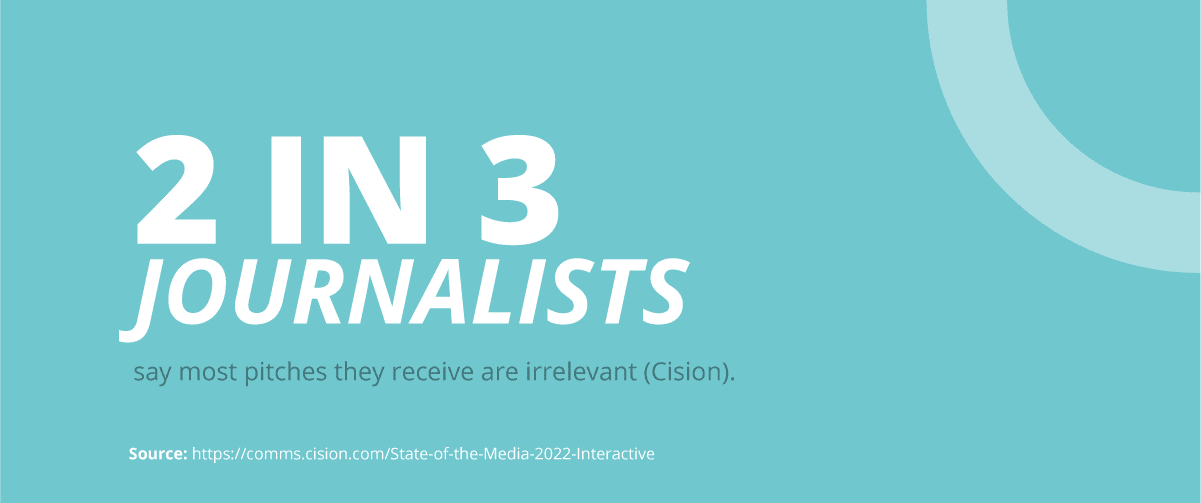
- So, personalise your pitch where you can and make it relevant for the recipient. Check Response Source, Gorkana, Vuelio, HARO, Twitter, and news publications to check that the journalist you’re contacting has published content related to your campaign in the past, then mention it in your pitch.
- Include only important, unique information in your pitch that will catch someone’s eye.
- Write a pitch in an article format, so that journalists can immediately see what the feature will look like.

- Make sure you include imagery with small images sizes to avoid your email going into a junk folder, having its format changed, or being blocked by the server. You provide high-res imagery in a Dropbox folder (linked within the email).
- With the Dropbox folder, include research, graphics, data, imagery, and expert commentary — everything a journalist will need to write an article. Make sure you state in the email what the journalist has access to in the Dropbox so that they don’t have to go searching for information that isn’t there.
- Put a “Notes to editor:” section in your email pitch, sharing information about the brand, the campaign methodology, and explaining where you would like the link to be directed to.
- Usually, the digital PR campaign will be published on your or your client’s website, so ask a journalist to credit them by directing their readers to that specific page for further information. Gaining a deeper link to the campaign will also benefit your SEO.
- Send one chaser email a few days after your original pitch. If the piece is very reactive or topical, you may want to follow up a little sooner, while the content is still relevant.
Prospecting
- Study journalists and publications in your sectors to make sure a story would be relevant.
- Look for industry-specific publications by using media contact databases, or use search engines by typing “[industry] AND news” (e.g. construction AND news). When you find the sites, look at existing content to make sure your campaign fits.
Top tip: If your site is UK-based, make sure Google is on the ‘.co.uk’ domain.
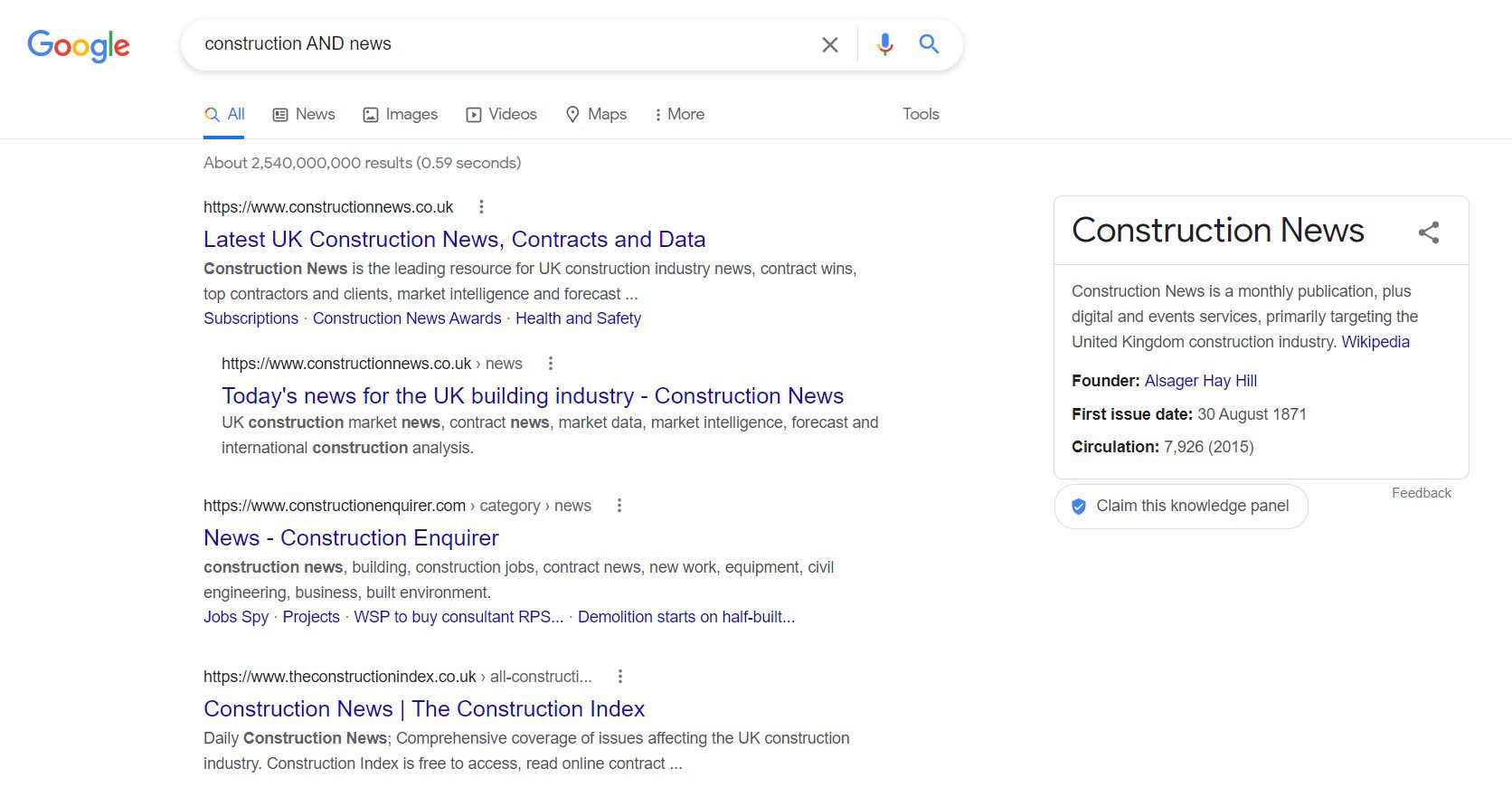
- Target relevant regional, national, and international publications if your campaign would be of interest to a mass range of audiences.
- Freelance journalists are a gold mine, but often forgotten. They are valuable contacts to have, as many work for a number of publications and on a range of topics — simply search #freelancejournalist on Twitter and start scrolling. LinkedIn is also a great way to find freelancers in your sector. For example, search ‘freelance fashion journalist’, click the ‘People’ tab and get in touch with any that are applicable.
- Another way to find the perfect prospect is to search for topics related to your campaign. If your campaign is looking at something like

- You can search for articles and campaigns that have previously been published around:
- Highest wage areas in UK
- Property inflation rates in UK
- Affluent areas in UK
- Try to get in touch with your contacts during the optimal times of the week to improve chances of securing a link. Tuesday to Friday tend to be days with the highest open rates, between 7am–9:30am and 12pm–2pm. Times outside of these windows tend to be missed as journalists have already chosen their daily news stories, but our suggestion here would be to do some A/B testing for your clients as some industries have different peak times.
- Another tip for international clients or international publications you’re targeting is to make sure you are contacting them according to their time zone. While it may be 8am to you, that could be the middle of the night to your international contact, so be considerate of the recipient.
Finding links
- Once you’ve sent your pitch out to your prospect list make sure you actively look for live links.
- Set up Google Alerts and type in your brand name or the name of the expert attributed to the campaign.
- Check using a backlink checker tool, such as, Ahrefs, Moz, Majectic, Mention, etc.
- Type in campaign headline AND brand name to a search engine, or type in keywords of the campaign AND client name to a search engine.
- Type into any search engine “brand name -inurl:brand name”
- Use search engine monitoring tools to check for client mentions, such as Talkwalker, Brandwatch, Muckrack, etc.
- Make sure you check for links pointing to the campaign as well as the homepage — some journalists are happy to credit source with a homepage link, but don’t always include a campaign link to a deeper page.
- Monitor social media for any live features. Some publications or journalists may tag your brand, especially if you have provided unique data or expert commentary within the campaign.
Reangling
- The great thing about hero campaigns is that they can be replenished, repurposed, and republished. So, you can potentially build lots of links using the same campaign, with only minor updates. Your campaign won’t be exhausted until there is no possible way to reangle the pitch again. As such, this technique is an extremely efficient, cost-effective way to utilise your marketing budget.
- Depending on the type of campaign it is, look for awareness days, annual events, popular culture occurrences, industry events, and recurring affairs that your campaign would align with. You can reangle your pitch by updating your headline, data, imagery, and any other elements that need refreshing.
- Another good way to reangle a campaign is to take individual elements of your campaigns and turn them into smaller, more concise features. This means you can be more targeted with your contact list and gain extra backlinks to your site.
- Once you have reangled your campaign, don’t forget about it. If it is focused around Christmas, make a note to come back to it next year and check if it is still relevant. If it is, update it and send it out again.
- A smart way to reangle campaigns is to dissect each element in order to work out which topics are covered. For example, if you create a campaign around “The most expensive places to buy property in the UK”, topics that could be covered and pitched are finance, property, luxury, regional, lifestyle, home & garden, insurance, or even employment.
Editorial
- Industry-specific website feature
- Blog on a complimentary business website
- Article on a complimentary business website e.g. recruitment, HR, insurance, etc.
Editorial is perhaps the oldest SEO link-building strategy around and it’s still one of the most common. Sending out an article allows outreach teams to dive into a trending topic with the guarantee of work being published.
Your first step to outreaching an editorial is coming up with your initial idea. You should have your target site and its audience in mind to ensure the topic suits them. Then, you can pitch the idea to the relevant site.
Our top tips for editorial links
- Write a pitch explaining the nature of the collaboration and how it could benefit the complimentary business. For example, they are receiving unique, high-quality content for free, they are being associated with another industry expert, and they can also increase engagement on the site by sharing the collaboration on social media (introducing them to your brand’s or your client’s followers).
- The pitch is all you send to the website you’d like to connect with, meaning you only write the editorial if they agree to work with you. This is an efficient way of working as it guarantees links and utilises your writers’ time effectively, assuring your budget is being spent in the best possible areas.
- You have more control over an article you have put together if it has been written exclusively for a website you have an opportunity with.
- Be sure to write an editorial with the target website in mind. Ask them for editorial guidelines to increase the chances of the editorial being published.
- To receive a better response rate from your editorial pitch, write about a topic that is super niche and hasn’t been done to death.
- Like all outreach, it’s not certain that a link will be included within a published feature. To improve your odds, ask the website if they’re happy to include the link before you put the editorial together. If they leave it out once published, remind them of the original agreement.
- Money should never exchange hands while outreaching, as this is against Google’s guidelines for ethical link building.
Our real-world example
Our clients have a huge portfolio of editorial work under their belts. We’ve utilised our clients’ expertise to create bespoke articles for a range of sites covering a variety of industries. For example, for one of our equestrian clients, we created an editorial on how horse riding can help children’s development. We also gave tips for getting the best deal for an overseas wedding for a travel client, plus various interior design trend predictions and tips for our furniture and homeware clients. We’ve been incredibly successful with editorial, and you can see the results over in our Links Vault.
Brand notoriety
- Unlinked mentions
- Well-known brands
This is perhaps one of the simplest link-building techniques out there. If you’re a well-known brand, you’ll most likely be mentioned out there on the internet already, and if you’ve already got a mention, you can easily transform this into a link!
You can find these mentions using a simple Google search (or advanced search operators if you know how) and check if there’s an existing link to your website. If not, it’s as simple as getting in touch with the site’s editor and requesting that they quickly add a link to the page you’ve highlighted. Ta-da! You’ve turned an unlinked brand mention into a linking one.
Note: If you’re new to search operators, Moz has a handy guide that will help you narrow down your Google searches.
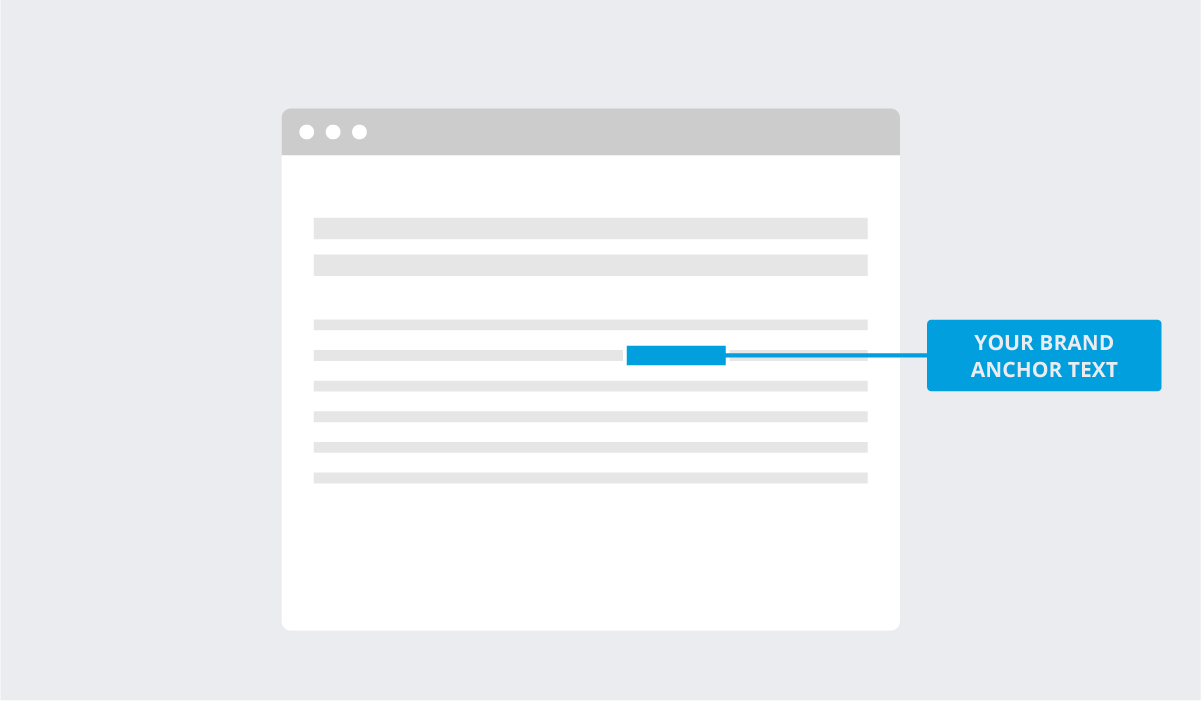
Target publications examples
Any website that has mentioned your brand. This can include:
- Websites that you have a relationship with
- Location-based websites
- Regional and national news
- Industry publications
Our top tips for getting links from brand mentions
- Make sure to search for variations of your brand name — including common misspellings!
- Set up Google Alerts to catch every new mention as soon as Google indexes it.
- Set aside some time to scour the SERPs for historical mentions of your brand. These websites may still be authoritative and open to adding a link to your website.
- Don’t limit your search criteria to just your brand. Make sure to include notable people, products, services, or slogans that are unique to your business.
- Do the hard work for them. Give them the URL you’d like them to link to, so they can do a quick copy and paste if it’s something they’ll agree to.
- Depending on the context of the mention, you might have the opportunity to link to deeper pages on your site. For example, an article featuring some of your products from a particular category, should link to that section of the site rather than the homepage. Ask yourself “what link would add most value for the reader?”.
- Check for mentions on different device types, too. There may be one or two results that differ which you definitely don’t want to miss.
- Refine your search by using the search engine specific to your location. Based in the UK? Make sure you’re searching in Google UK. Also, check for more recent results by searching by ‘Past 24 hours’ or ‘Past week’ in Tools on the SERP page.
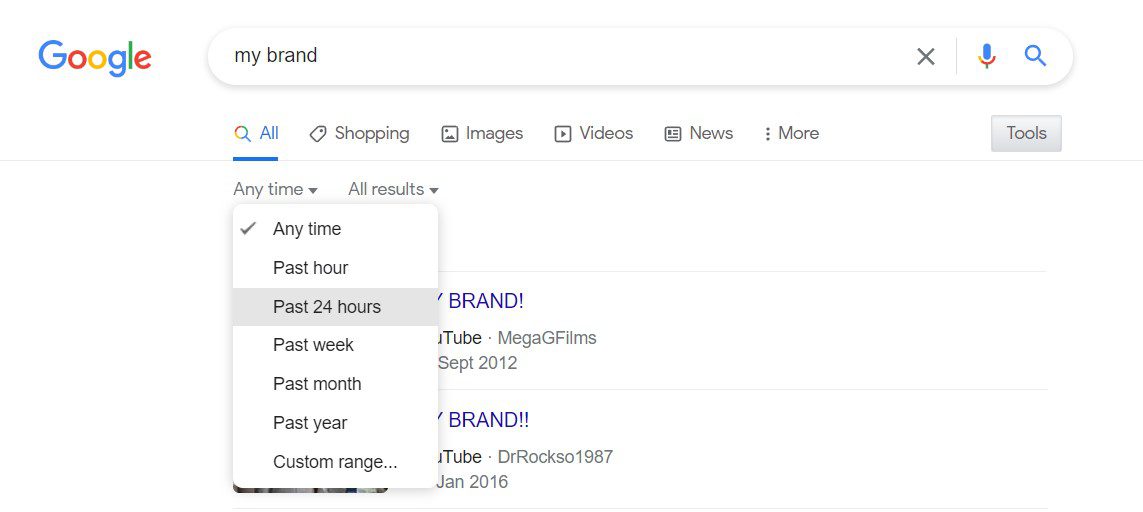
- Offer added value to the website or journalist you’re asking to help you out. Perhaps you could offer unique commentary related to the topic or point out a broken link or two.
- After sending your request, we’d suggest chasing up the site owner only two times at the most. Remember, you’re actually asking for something fairly small and merited, so if the website doesn’t respond after this, you’re probably being ghosted (or you’ve hit the wrong email!) and it’s unlikely they’ll add the link. In this case, the best use of your time is probably to move on and try another site or tactic, rather than sending lots of follow-up emails.
- Set a reminder for a few weeks in the future, to check back on any websites you’ve contacted. Sometimes, webmasters add links and then forget to inform you.
- Often, larger publications and news sites will have a corrections or publishing team, so you should try contacting them with your request, as the journalist may not have any access to edit or influence the piece after publication.
- We’d suggest occasionally checking Google Images using ‘reverse image search’, just in case other websites have used graphics or photography that you own. A quick message to ask that they give you credit should do the trick!
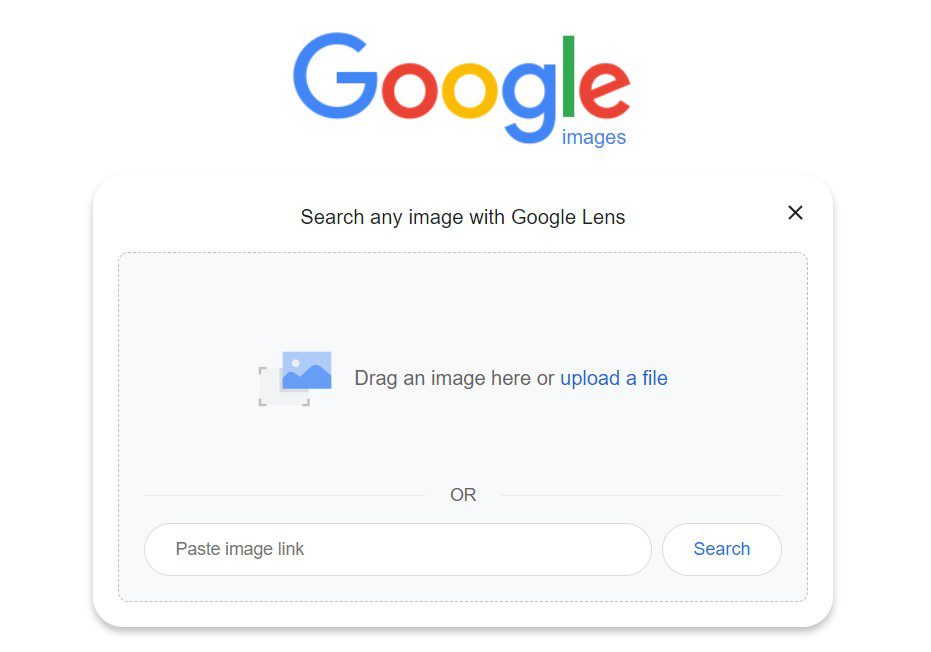
- Don’t discount pursuing an unlinked mention from a domain that’s already linking to you. This is an opportunity to capitalise on more authority from a new page or attempt to have the link pointing to a different part of your website.
- While this is hopefully something you never encounter, avoid asking for links from negative press. It won’t add much value to the reader and your request might also leave the journalist scratching their heads.
Physical location
- Business listings
- Blog posts
- Useful links and resources
- Businesses with a brick-and-mortar location.
Despite the rise of ecommerce and online shopping, there are a still many advantages to having a brick-and-mortar location — one of which is the potential for more links! With a bit of effort, you can usually find a multitude of websites associated with your location, all of which can be used to gain links via mentions.
Look for opportunities to list your business details or offer unique content — perhaps commentary about the area — to a website based in your local area. Again, search operators are a fantastic way to dig a little deeper to find niche location-based websites for you to contact.
Obviously, if you’re purely an ecommerce business, opportunities might be a bit limited here. That said, you can still reach out to partners in the area, such as local charities or your local council, to be listed in their business directory.
This is something we’ve done ourselves here at Glass. Because we offer online services rather than a physical product you can pick up in a store, we’ve connected with partners in our local area to secure business listings. For example, here’s our business listing with the North East England Chamber of Commerce.
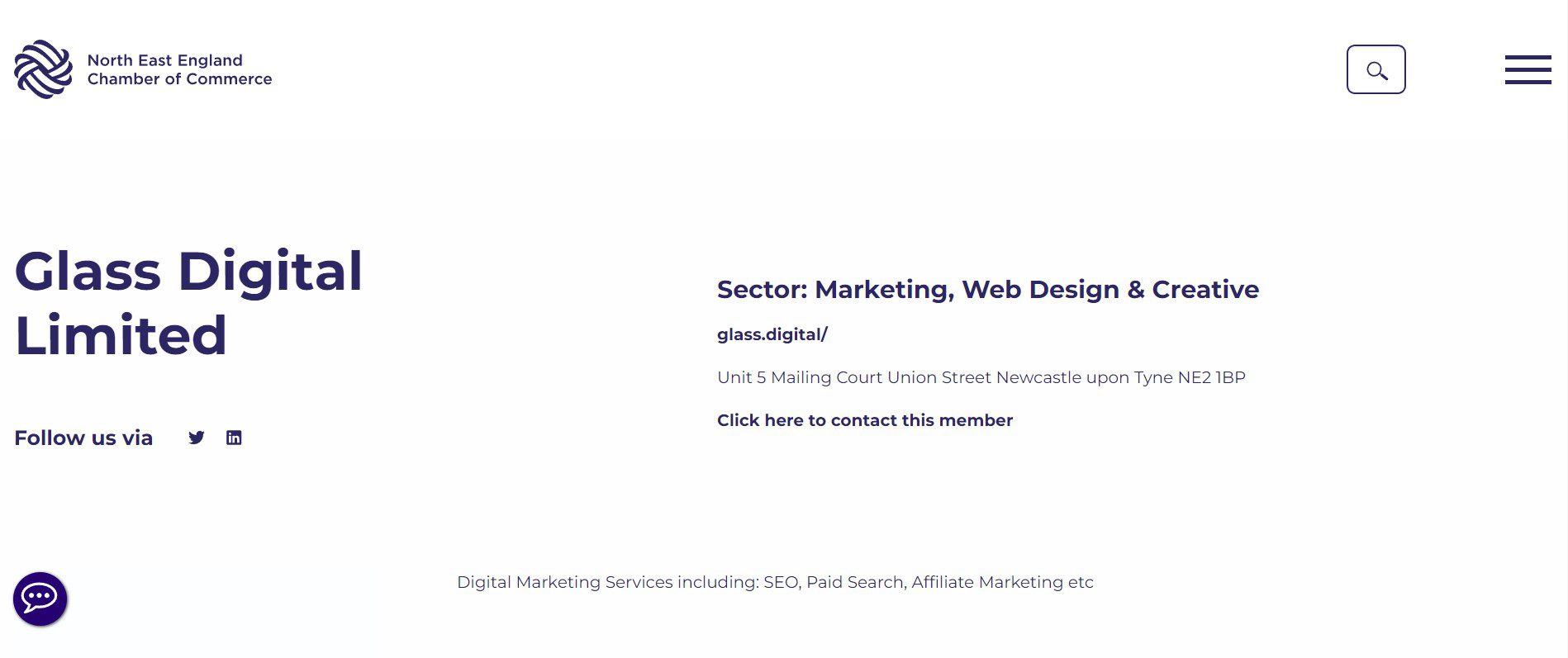
Target publications examples
Regional websites that could feature your physical locations include:
- Council websites
- Tourism boards
- Charities
- Business Improvement District (BID) websites
- Complementary businesses
- Local accommodation and attractions
- Local partners
- Shopping centres
- If they’re in the area, think about how you’re connected to them and if it’s possible to secure a link.
Our top tips for bagging location-based links
- Systematically search from small to big, or vice versa. For example, you could search for a specific building (e.g. shopping centre), then a certain road or area (e.g. business park), then your town or city, district or region, and finally your country. You will be surprised at the opportunities that arise!
- Combine your location with keywords like ‘business’, ‘council’, ‘listings’, ‘tourism’, ‘what’s on’, ‘shopping’ and more.

- Looking for websites in a specific country? Try refining by top-level domain (e.g. for UK, search “inurl:co.uk”).
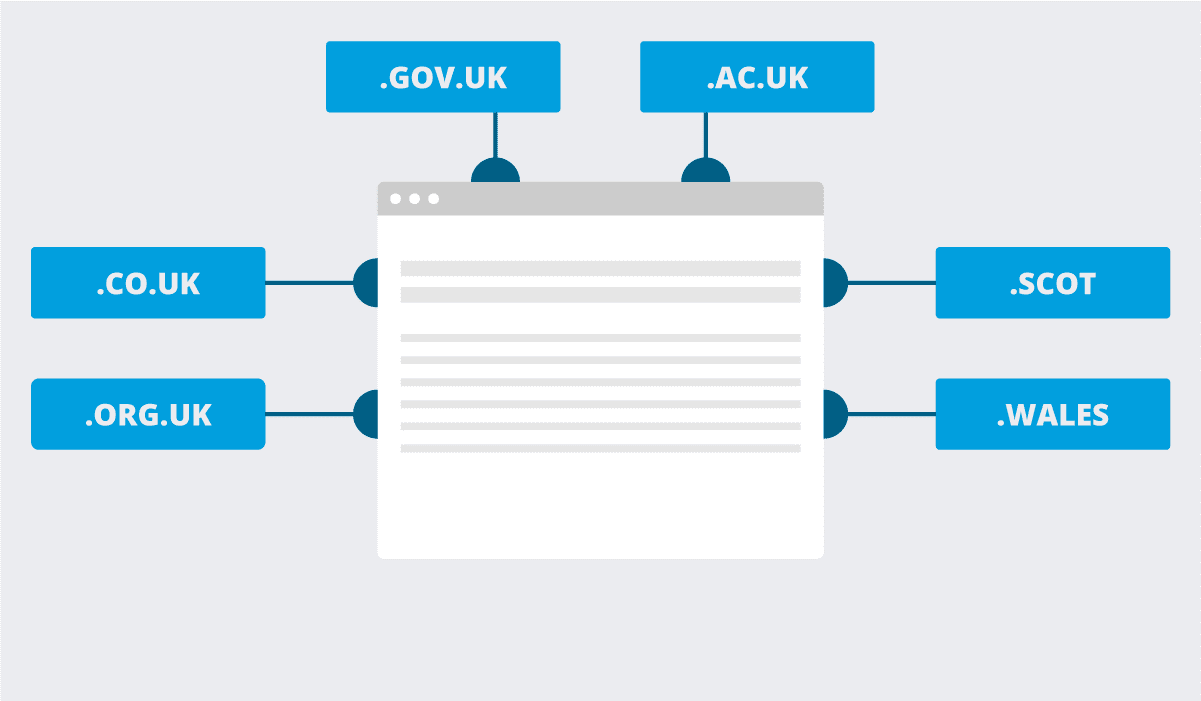
- Search the backlink profiles of other businesses in the area, especially your local competitors, as it may show local websites that could link to you too.
- Searching for local links is an opportunity to explore nearby partnerships and forge new relationships in your area. You’ll gain local links, and perhaps be referred new business or be invited to local events too!
Gift guides
- Seasonal gift guides (Christmas, Mother’s Day, Easter, etc.)
- Roundup of best specific product (e.g. Best face cream for dry skin)
- Roundup of products for particular person (e.g. Gift guide for travel enthusiasts)
- Budget gift guides (e.g. Gifts under £10)
- Food and drink
- Skincare/cosmetics
- Fashion
- Interiors
- Pet
Your product offering is one of your most valuable assets and you can make the most of it throughout the year by pitching for a spot in various gift guides. Media requests are the perfect way to find journalists looking for gift guide products. These can be found on media contact databases and on Twitter via #journorequest.
You can also find potential sites by typing “Gift guide + [event/product]” directly into search engines.
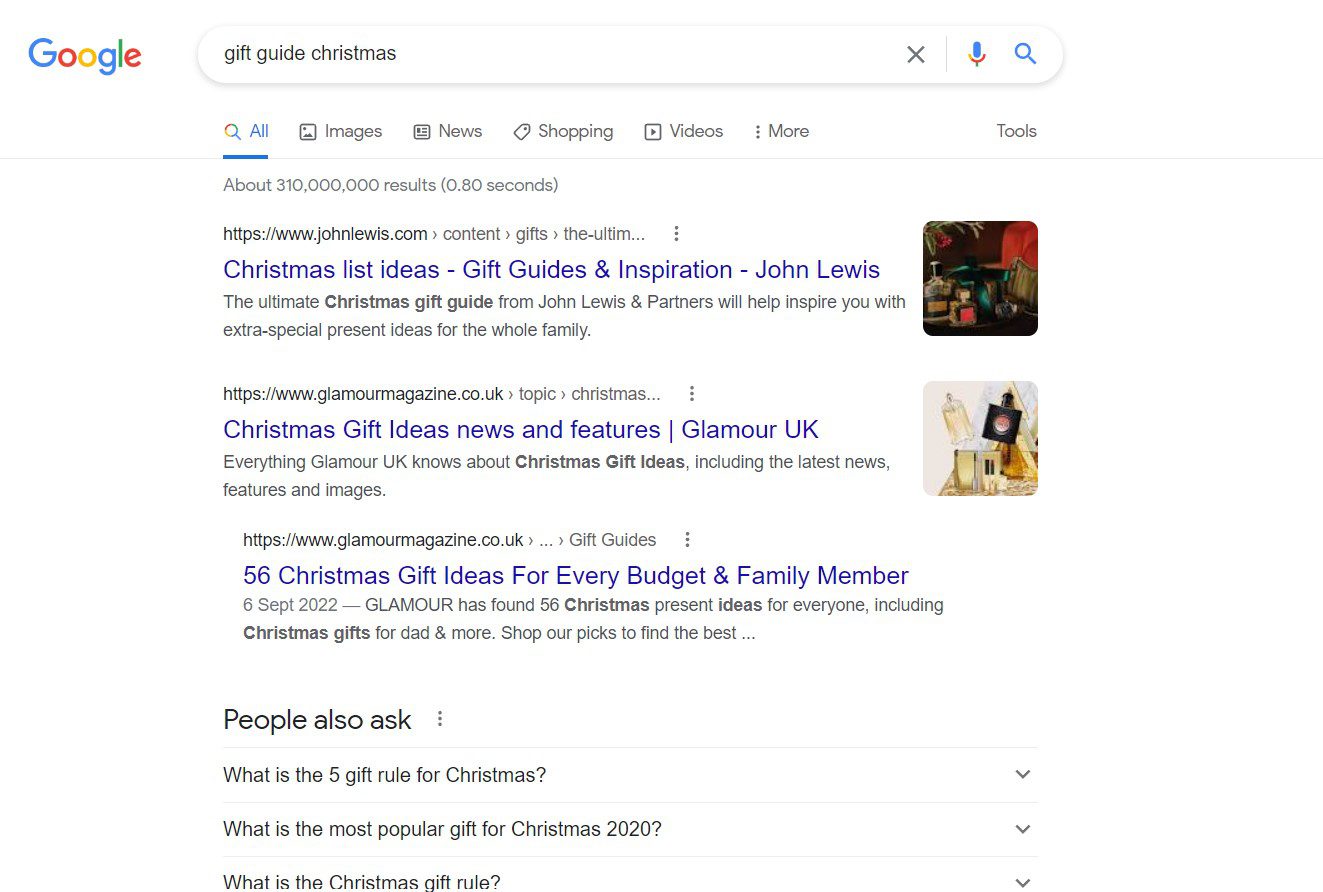
The results will show you which journalists and publications have created this type of content before, so you can reach out to them about future opportunities for exposure.
Target publication examples
Regional websites that could feature your physical locations include:
- Parenting magazines
- Pet sites
- Lifestyle publications
- Fashion sites
- Nationals
- Regionals
- Food and drink retail and news
- Photographers
- Personal shoppers
- Shopping centres
- Non-competitor retail
Our top tips for gift guide features
- When finding targets for gift guides, double-check that the publication has included links to the products and that they aren’t affiliate links — these don’t count towards your SEO or backlink profile.
- Make sure the product you pitch to the journalist is in stock on your website.
- Avoid pitching products with short-term discounted prices, so readers aren’t disappointed if they try to purchase the product in future and find that the price has increased.
- Always send high-res imagery of your product to improve chances of it being featured.
- Suggest several products that fit within the journalist’s request to increase chances of being included.
- Ask your client if there is a particular product or product range that they’d like you to focus on, or equally one that they’d like you to steer away from.
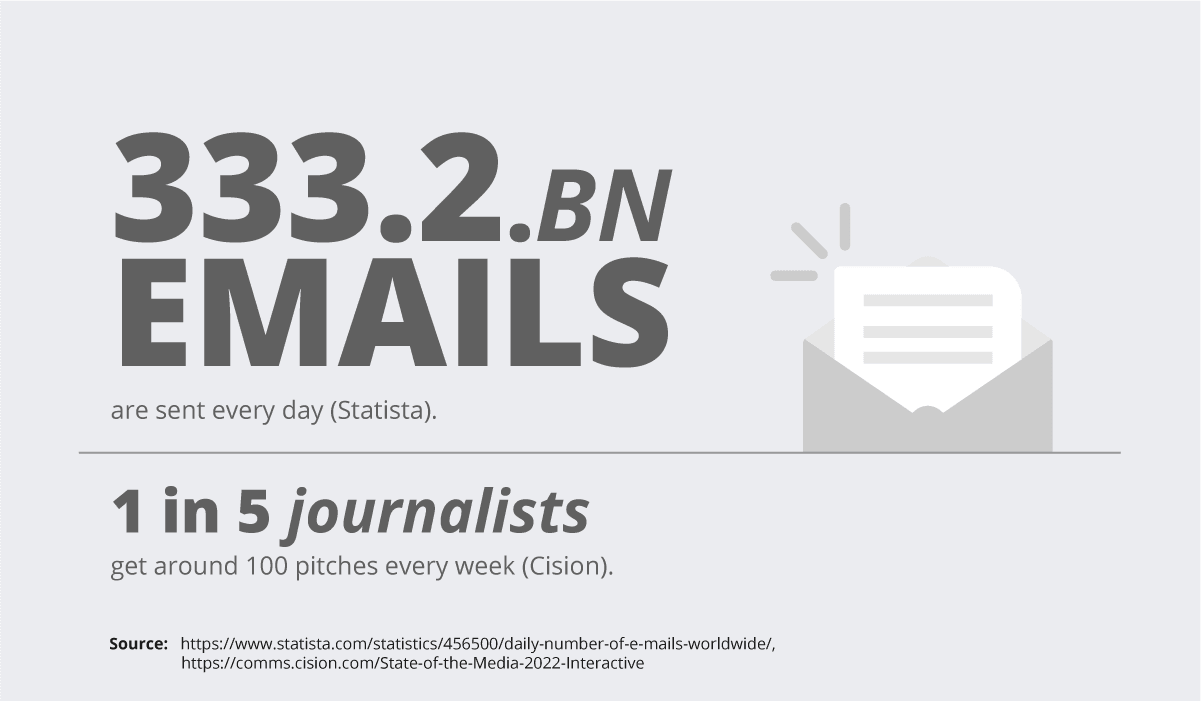
- So, be concise on your pitch. Journalists want to know the product you have, the price, and how much it is. The journalist can see any extra details about it on the website if they need to, so be sure to keep your points to a minimum and include a link.
Our real-world examples
We’re continuously monitoring our journalist request database and checking for requests on Twitter. By being proactive and responding to gift guide requests whenever they’re relevant, we’ve managed to secure links on sites like The Independent (DA 94), Evening Standard (DA 92), and Heat World (DA 71).

Product reviews
- Professional product review from an industry expert
- Buyer’s guides
- Food and drink
- Skincare/cosmetics
- Sport and fitness
- Fashion
- Interiors
- Pet
- Hospitality
- Health
- DIY/construction
You know your product or service is the best, so why not let others write about it for you? More often than not, shoppers will search for reviews and recommendations before they make a purchase, so having your brand mentioned helps build credibility for your site as well as gain you links.
Target publication examples
Any industry-specific publications that can review and comment on your product suggestion. These may not always be publications in your exact industry, but rather a complementary industry that may be interested in your product. For example, if you pitch an anti-wrinkle face cream to journalists, you could consider lifestyle, beauty, and 50+ websites. Many top-tier publications have buying guides to help their readers find ‘The best X’ or ‘The most affordable X’.
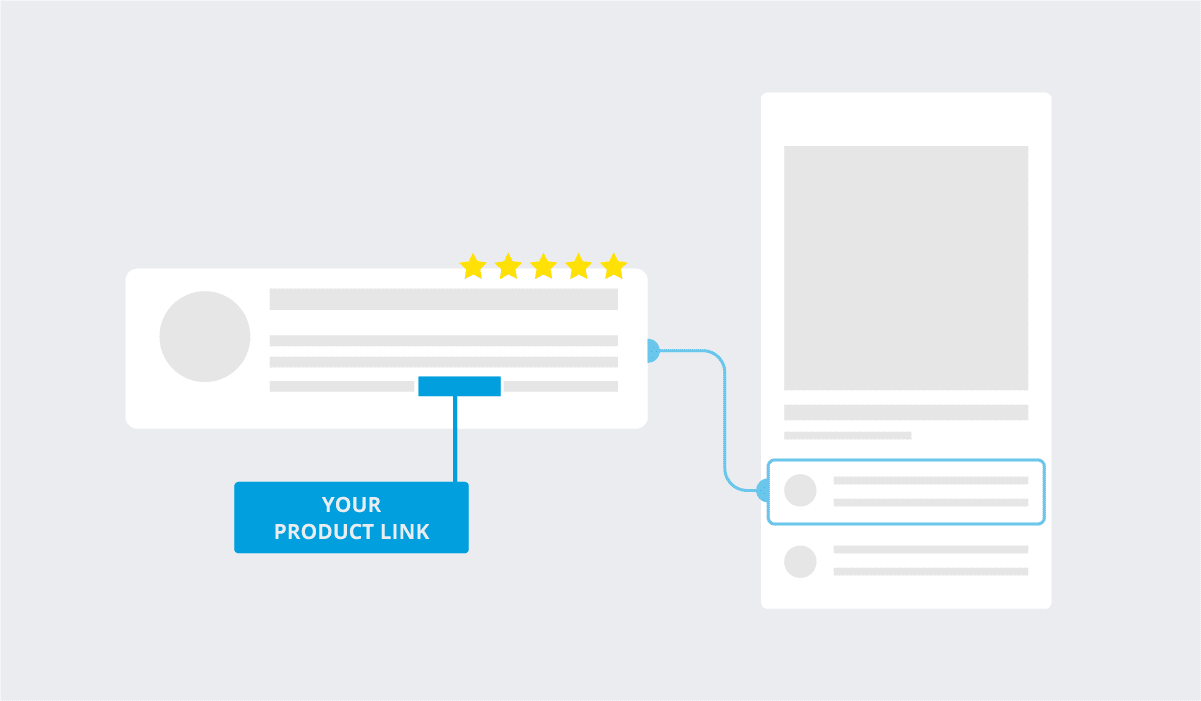
Our top tips for acquiring product reviews
- When suggesting a product to an industry expert, make sure it’s something their readership would be interested in. Can your product or your client’s product help their audience?
- If a journalist is looking for a product to include in their buyer’s guide, make sure to suggest a few options so they can choose one that is most audience appropriate.
- Always make sure the product being reviewed is in stock with an up-to-date listing.
- Make sure you choose a product based on quality to assure a rave review.
- Always negotiate a product backlink before anything is reviewed (this will help readers know where to purchase your item).
- Provide publications with high-res imagery of your product.
- While writing your pitch email, make sure to replicate the tone of the website depending on the target. A professional site is generally more formal, whereas lifestyle magazines usually take an informal tone.
- Manage client expectations from the outset, and don’t overpromise when pitching the benefits of your product. There’s always a risk that publications will publish a negative or lukewarm review, but you can lessen the chances of this happening by being upfront and honest when describing your product.
Our real-world example
Our Outreach team spotted a media request for the best summer trainers for an outdoor workout. We knew one of our fitness clients would be the perfect fit for this, so we selected a pair of trainers we thought would be ideal and sent over a product link. As a result, we bagged them a link in Metro (DA 93).
Podcasts
- Podcast interview with company details on hosts website
- Podcast interview with transcript
- Niche and specialist industries
- Business owners
- Managers
Think of podcasting as the more modern version of written interviews. This link-building tactic involves pitching yourself as a guest on an industry podcast for a link back to your site. To prospect for these opportunities, search “[industry] podcast AND interview” e.g. ‘property podcast AND interview’ or ‘car interview AND podcast’. Look for complementary businesses that host podcasts and reach out asking if they’d like to speak to your client.
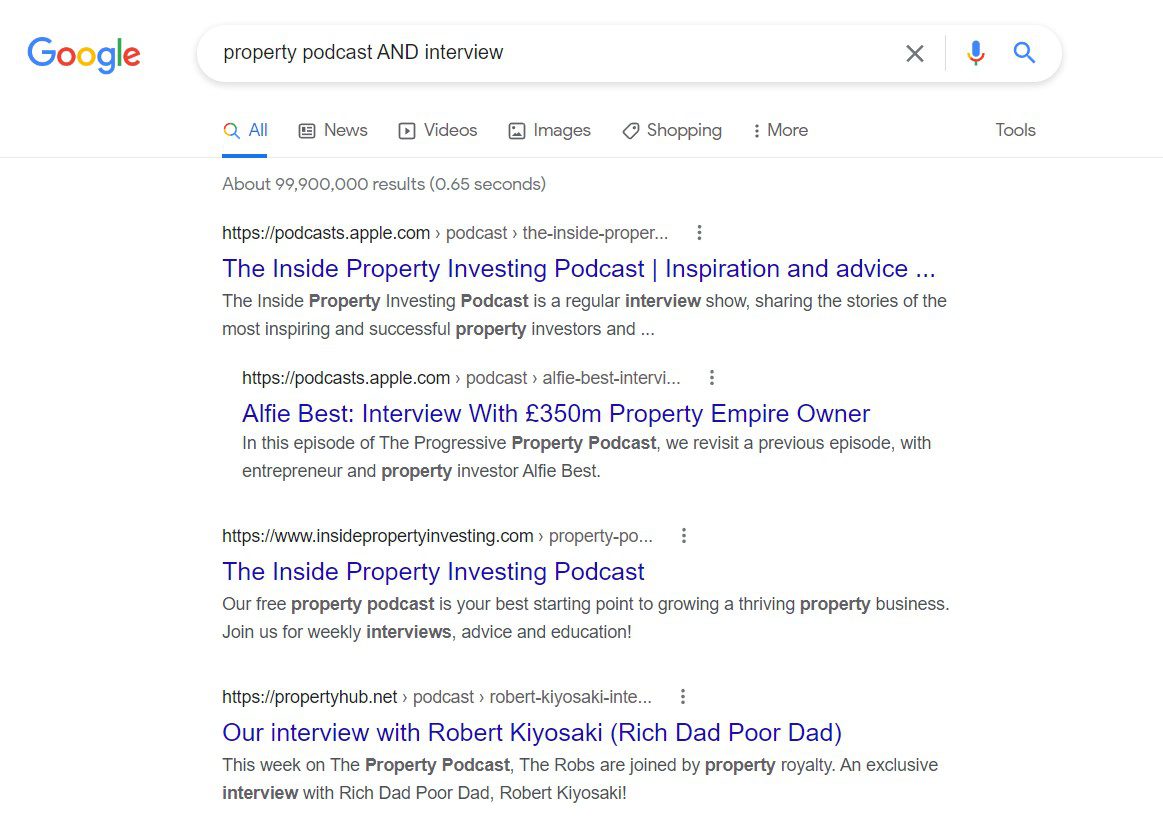
Target publication examples
Any industry-specific site or business website that hosts podcasts should be your target.
Our top tips for podcasting
- Check the podcast will be featured on the complementary business website as opposed to only on podcast streaming sites.
- In the early stages of arranging a podcast collaboration, ask when the link back to your website will be featured and if there be a transcript alongside the video or if can they give a short description of the podcast on their site.
- Ask for questions or topics that will be discussed during the interview so the interviewee knows what to expect.
- Choose the person with the most relevant job title and make sure they are available for interviews.
- Ask if the person leading the interview is happy for you to feature the podcast on your site too. As this would be published as video content it won’t be seen as duplicate content by search engines.
Broken links
There’s one final way you may be able to gain valuable links, and that’s by checking for broken links (HTTP 404 errors) and getting them swapped for the correct one. Finding the right target for this link-building tactic relies on backlink checker tools. We use Ahrefs and Moz.

When a 404 error (broken link) appears on a website, it means that link is no longer directing users to the correct page. The most common reasons for a 404 error are if certain products are removed from the site or the URL has changed. If a link has been featured on a website back to your client’s site and is now broken, you can contact the website editor via email to fix it.
Our top tips for swapping a broken link
- If you ask a website editor to fix a broken link, let them know it is to help their users as opposed to doing it for your benefit or your client’s benefit. A working link will provide more value to their users, and it’s better for the overall SEO of their site, too.
- Make sure the link you send over to the website editor is the correct URL.
- If the broken link is to a product that is no longer listed on your client’s site, make sure you offer a similar alternative to avoid your client being removed from the feature altogether. If the broken link was pointing to a piece of content that is no longer live, try to find a URL that offers similar information and value to the reader.
- Be efficient with your time and prioritise the most authoritative sites. If a website with a high spam score has naturally linked to you, avoid contacting them and instead spend your time on websites that will confer more SEO value for your site.
- Follow up your first email with a polite chaser to increase your reply rate — but know when to stop. We usually recommend sending no more than two follow-up emails.
- If a top-tier website doesn’t reply to you after emailing to fix the link, try a different contact. You may be reaching out to the wrong editor.
- While 404 errors don’t necessarily damage your site’s SEO, you could be missing out on an incredible link opportunity by leaving a broken link live, so this technique is worth doing every few months just to check everything is in working order.
Link-building is often considered one of the trickiest SEO methods out there, but it doesn’t have to be. There are so many different link-building strategies that you’re bound to find a few that will work for your brand.
Don’t forget, you can download this guide for free by clicking the link below and saving them to your desktop for easy access. Be sure to sign up to our monthly newsletter too, to be the first to know about our latest digital marketing guides.
You can also head over to our knowledge hub, where you’ll find even more tips and tricks for outreach. Our team are experts in what they do, so if you have any questions regarding your outreach, content, or technical SEO, don’t hesitate to get in touch.

